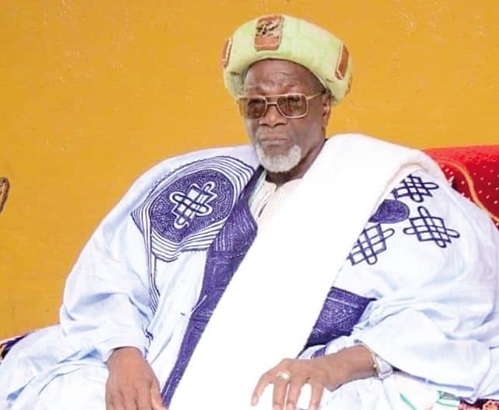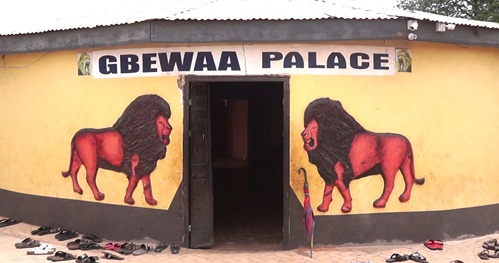
The Gbewaa Palace - Identity of Dagbon Kingdom
It is the traditional seat of the Overlord of the Dagbon Kingdom, the Ya-Na.
Advertisement
Located in Yendi, the traditional capital of Dagbon, the Gbewaa Palace is the most revered traditional edifice in the region, due to its historical and traditional relevance in the kingdom.
Currently, the Overlord is Ya-Na Abukari II who was enskinned in 2019 after the peaceful resolution of a protracted chieftaincy dispute.
Named after the patriarch of the Mole-Dagbon people of Ghana, the palace was built between 1554 and 1570 AD during the regime of Ya-Na Luro, who relocated the capital seat from Yen-Tunaayilili to its current site at Yendi.
History has is that the palace was later burned down and plundered during the German invasion of Dagbon on December 4, 1896, led by the Paramilitary Police Leader, Lieutenant Valentin Von Massow, after the Adibo battle.
However, in 1899, it was rebuilt and has since been preserved as a sacred monument in the kingdom.
Situated in the centre of the Yendi township, it contains the graves of all the past kings that fought for the freedom of Dagbon.
Architectural design
The palace has been constructed with a round layout using traditional building materials.
It consists of round rooms which house the Ya-Na’s wives and other women, while rectangular designed rooms house men.
Attached is a structure where the Ya-Na receives visitors, particularly on days he is forbidden to step out.

Front view of the Gbewaa Palace
Also, there is a mini shed beautifully designed with the traditional emblem outside the palace, where the overlord sits in state to adjudicate cases and on occasions such as the enskinment of chiefs and cultural festivities.
Embossed on the walls of the palace is a lion, an emblem of the kingdom.
Relevance
Narrating the history of the palace to the Daily Graphic, a Traditional Historian, Haruna Mboridiba, said the Gbewaa Palace served as the traditional headquarters of the Dagbon Kingdom.
He said it symbolised the true identity, power and culture of the people, adding that the people of the kingdom regarded the king’s palace as the gathering place of the royal ancestors.
"The Palace is the Supreme Court and at the same time appeal court of the kingdom.
Any judgement that is passed at the palace and overlooked has no other palace within the kingdom to preside over it," he stated.
Renovation
The palace, which has been in existence since 1899, is seeing a major redevelopment for the first time in history.
On March 4, 2023, Ya-Na Abukari II cut sod for the redevelopment of the palace into a befitting edifice.
The Acting Chief Executive Director of the Dagbon Strategic Development Secretariat and a member of the funds mobilisation committee for the redevelopment of the palace, Mohammed Haroon Cambodia, said the redevelopment of the Gbewaa Palace would help preserve and market the tradition and history to the future generation.
He explained that so far about 20 houses were nearing completion for the resettlement of some residents to be affected by the construction, to pave the way for execution of the project.
He, therefore, called on all sons and daughters of Dagbon to contribute towards the redevelopment of the palace to help make the dream a reality.
While anyone can see the palace from outside, one does not simply enter the palace.
To visit the Overlord, one must find a local representative or an elder of the palace to set up a visit to the king and be escorted in.
A gift or “kola” for the chief is expected, as well as for the guide.
Writer's email: [email protected]



